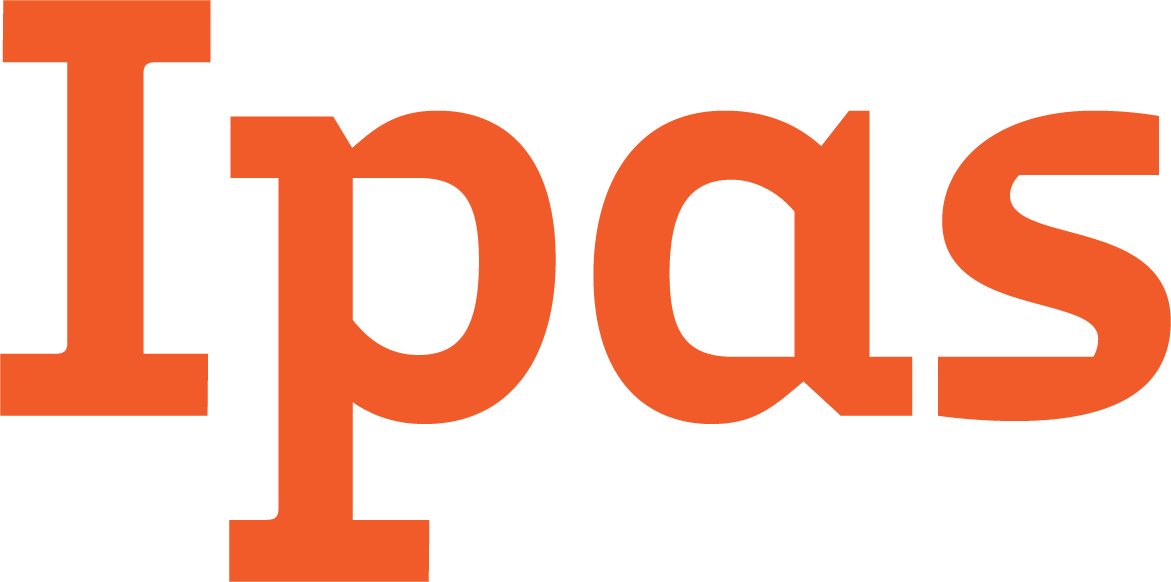Jun 23, 2020
Women are central to families and communities, and their well-being is essential to global health and stability. Yet each year, 25 million unsafe abortions put women and girls at great risk of injury or even death. These deaths and injuries are entirely preventable. That’s why organizations like Ipas focus on making safe, high-quality abortion care and contraception available to anyone, whenever and wherever it is needed, as part of the full continuum of sexual and reproductive care.
Jun 23, 2020
Governments, advocates, providers, policymakers and other stakeholders who want to fully support women’s rights to access abortion across the globe must address quality of care, in addition to efforts to change abortion laws, train providers and expand service provision. Documenting and working to improve the quality of abortion care is necessary in order to improve service delivery and health outcomes, expand access to safe abortion especially in legally restricted settings, and to ensure the human right to the highest attainable standard of health, as outlined by the WHO.
Jun 23, 2020
We sought to determine if female community health volunteers (FCHVs) and literate women in Nepal can accurately determine success of medical abortion (MA) using an 8-question symptom checklist. Women’s and FCHVs’ assessments were compared to experienced abortion providers using standard of care. Women’s self-assessment of MA success agreed with abortion providers’ determinations 85% of the time. Agreement between FCHVs and providers was 82%. We concluded that use of a checklist to determine MA success is a promising strategy. However, further refinement of such a tool, particularly for low-literacy settings, is needed before widespread use.
Jun 23, 2020
The domestic and global gag rules stigmatize a simple medical procedure by disconnecting it from other health care services and by forcing doctors not to offer women the whole array or reproductive options available to them.
Jun 23, 2020
The shortage of trained providers and lack of facilities offering safe abortion services are two of the key contributors to unsafe abortion in India. Unfortunately, the one policy action that could address this acute public health crisis is yet to be taken – making the necessary legal and policy changes to permit nurses and non-allopathic doctors to offer early abortion services, after suitable training.

